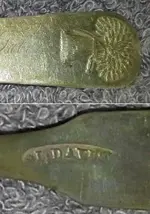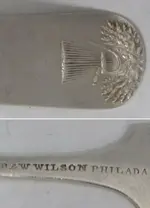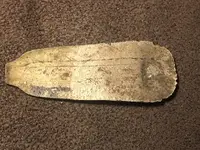- Oct 2, 2019
- 182
- 355
- Detector(s) used
- XP Deus 2
XP ORX
Garrett Carrot
XP MI6 Pointer
- Primary Interest:
- All Treasure Hunting
Hello all,
The other day I came across this spoon handle, or at least that's what it looks like... and the design is interesting, and I wondered if anyone had come across anything similar. I only found the end of it, and that part is about 2" long. It's about 5/8" wide and it's extremely thin.. apprx. 0.67 mm.
The handle appears to have pine trees flowing from something. I cannot figure it out. Maybe there isn't any meaning, and it's just a very laborious etching on a spoon handle. I believe it's brass but not positive. Not magnetic at any rate.
Here it is... any ideas or feedback would be appreciated. Along with it I found my first V nickel, 1902, and a beat up but readable Indian head, 1865.
Thanks for looking...
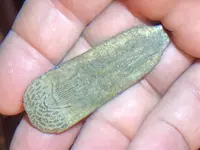
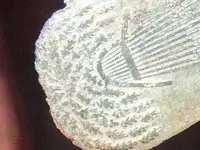
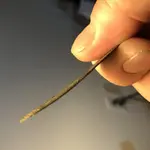
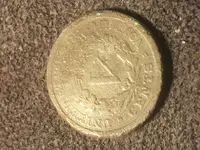
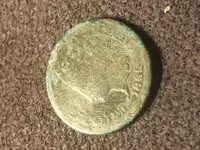
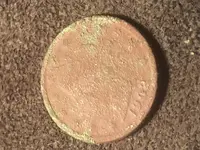
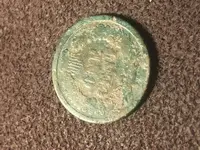
The other day I came across this spoon handle, or at least that's what it looks like... and the design is interesting, and I wondered if anyone had come across anything similar. I only found the end of it, and that part is about 2" long. It's about 5/8" wide and it's extremely thin.. apprx. 0.67 mm.
The handle appears to have pine trees flowing from something. I cannot figure it out. Maybe there isn't any meaning, and it's just a very laborious etching on a spoon handle. I believe it's brass but not positive. Not magnetic at any rate.
Here it is... any ideas or feedback would be appreciated. Along with it I found my first V nickel, 1902, and a beat up but readable Indian head, 1865.
Thanks for looking...












